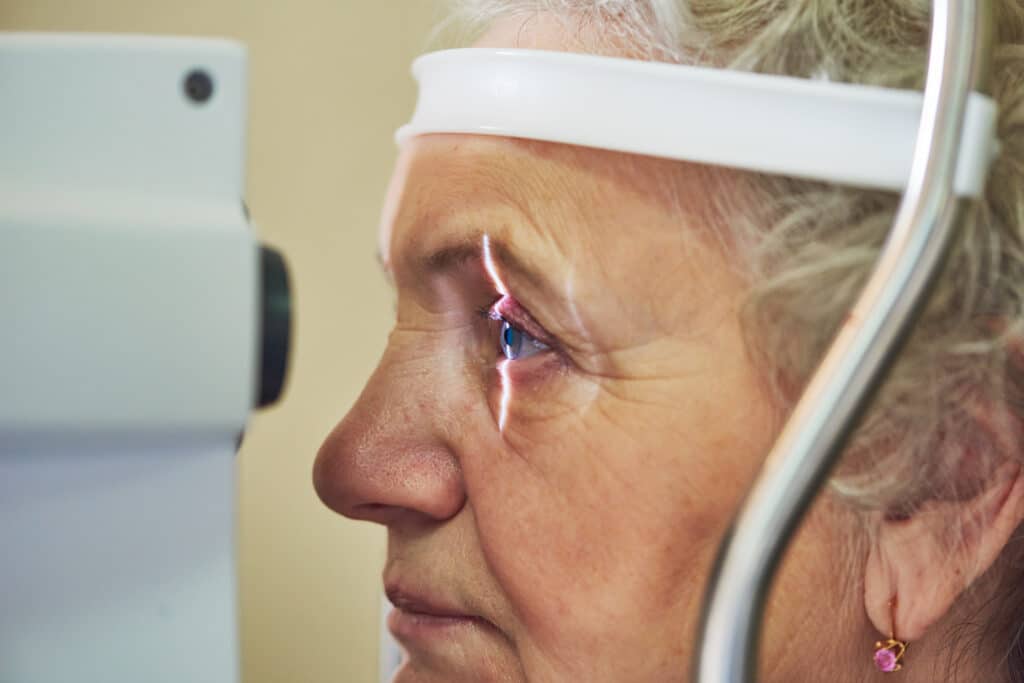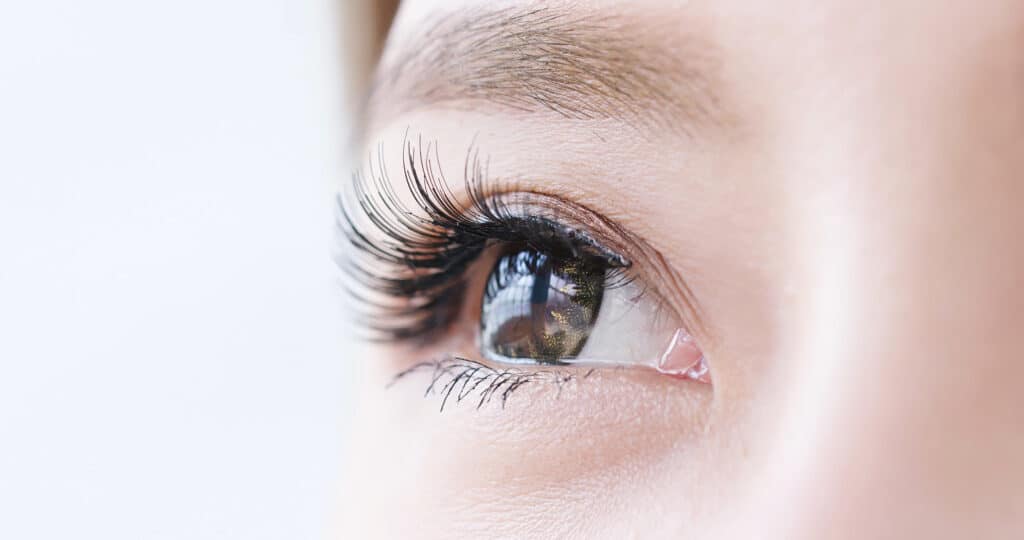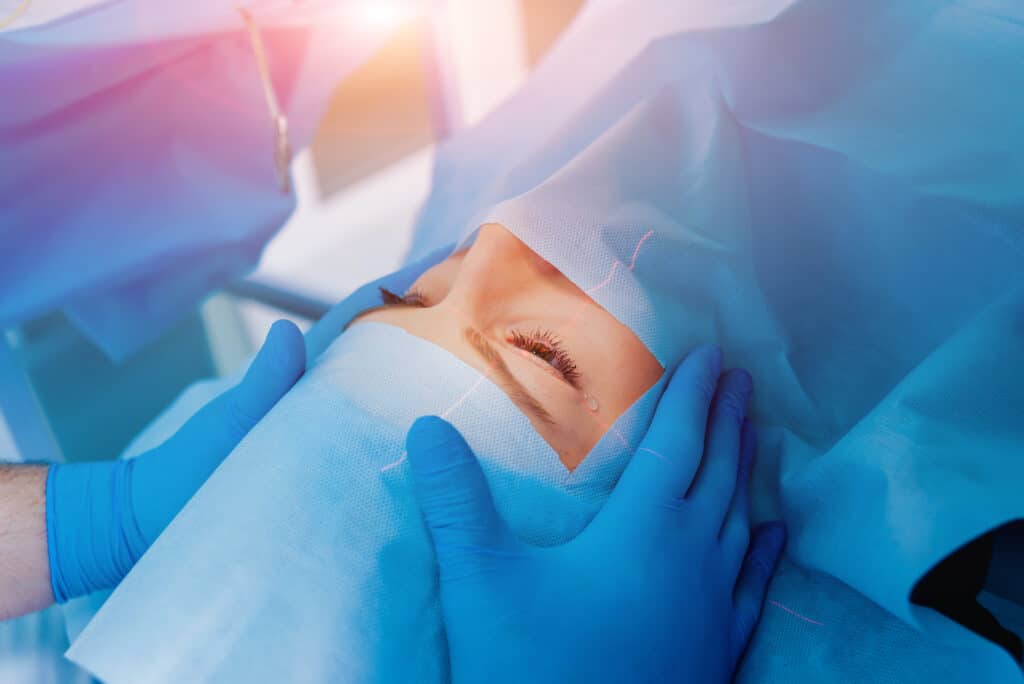What Causes Cataracts and How Can They Be Treated?
December 15, 2022
At least half of individuals will develop cataracts or have cataract surgery by age 80. Cataracts develop as a consequence of aging lenses, making cataract surgery one of the most common surgical procedures in the US. If you have cataracts, treatment can restore your clear vision.

What Causes Cataracts?
Light entering your eyes passes through a clear structure called the lens. This lens helps focus light on the retina to produce a clear image. Cataracts develop as the lens ages, and proteins inside it begin to break down. These proteins form clusters that cloud the lens, making it difficult to see through. People with cataracts may experience blurred vision that corrective lenses cannot fix, a decrease in colors, and glare around lights.
How Can Cataracts Be Treated?
Since the natural lens has become clouded, cataract surgery replaces it with an implanted artificial lens. An intraocular lens (IOL) does everything your natural lens used to do. It will never need to be replaced. Laser cataract surgery uses a femtosecond laser to fragment the lens prior to removal of the clouded lens before placing the IOL. Once anchored, the IOL will last a lifetime and remains clear. Cataracts do not regenerate. These lenses provide vision correction to restore clarity and brightness.
What Should I Expect During Cataract Surgery?
You will receive numbing eye drops and medication to help you relax. You will not experience any discomfort, and you will not feel anything the surgeon does. You will see swirling patterns and colors of light, which is normal and many people find enjoyable. Most people find the experience positive and painless.
The Path to Clearer Vision Starts Here
Am I a Good Candidate for Cataract Treatment?
The majority of people make good candidates for cataract surgery. This common, low-risk procedure can restore normal vision for most individuals. People with certain eye conditions or other medical conditions may not be good candidates, so we recommend an eye exam and assessment to determine whether cataract replacement with an IOL is right for you.
You do not need to have cataracts to receive an implanted corrective lens. CLR (Clear Lens Replacement), sometimes known as RLE (refractive lens exchange), replaces your natural lens with an artificial one. It can correct refractive errors or other vision problems. The new lens corrects the angle of light entering the eye to improve focus. It also has the advantage of never developing cataracts.
What is Recovery Like After Cataract Treatment?
Many people find that they can see more clearly within 24 hours of the procedure. Your new lens works immediately, erasing the effects of the cataract. Many people experience minor irritation, haziness, or swelling for a few days. Full recovery takes about two weeks, and during this time, you should avoid strenuous activities, swimming, and rubbing your eyes.
Take the Next Step
If you’d like to learn more about cataract treatment, schedule a consultation with our Heart of Texas Eye Care team, serving Dripping Springs, Austin, Kyle, Bee Cave, Marble Falls, and other surrounding areas. Contact us at (512) 213-2220 today!
*Individual results may vary


